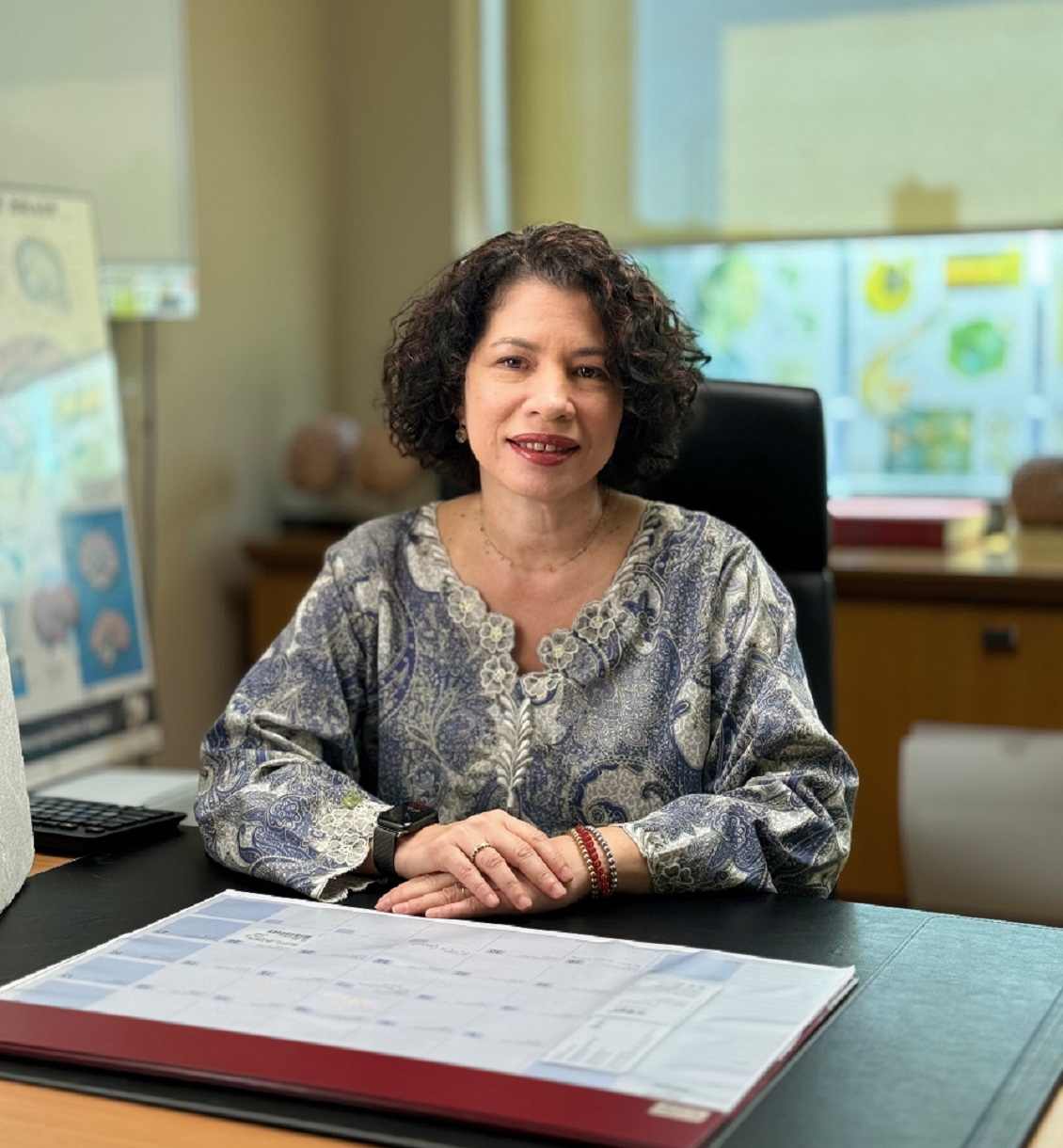Migraine headaches, often misunderstood and underestimated, are typically perceived as simple headaches. However, those who suffer from this condition know it to be much more than that – involving excruciating pain, hypersensitivity to their environment, bothersome accompanying symptoms and, in severe cases, affecting work productivity and quality of life.
A study conducted by Wong et al. and published in 2020 in The Journal of Headache and Pain shed light on the economic impact of migraines on workplace productivity among employees in the banking sector in Malaysia. The study revealed startling findings about the monetary losses incurred due to migraines, particularly through presenteeism.
The average monetary loss from presenteeism, which refers to reduced productivity while working despite being sick, was found to be RM5,392.60 per employee annually. This figure was 3.5 times higher than the financial costs of absenteeism, which stood at RM1,548.30.

The severity of migraine symptoms also played a crucial role in determining the economic burden. Participants with more than three migraine days a month faced an estimated monetary loss of RM25,691.20 per person per year, nearly eight times higher than those with three or fewer migraine days monthly at RM3,343.70.
Expert insights: The complexity of migraines
Dr Julia Shahnaz Merican, Consultant Neurologist at Prince Court Medical Centre and migraine expert, shares her knowledge and experience of the intricacies of migraines. She explores their different aspects and answers common questions surrounding this prevalent but often overlooked condition.
“Migraine is a complex disorder causing recurring throbbing headaches usually of moderate severity, accompanied by many accompanying symptoms such as nausea, vomiting, dizziness, sensitivity to light (photophobia), and/or sensitivity to loud noise (phonophobia). These headaches are typically aggravated by movement or activity and cause avoidance of routine physical activity,” explains Dr Julia.
“One of the most substantial risk factors for migraines is a family history of the condition, with women being more susceptible than men. The most common age range for migraines is from the teenage years until the 50s. Teenagers, particularly after puberty, may experience more severe headaches, including menstrual migraines. In some cases, children as young as five or older may begin having recurrent abdominal pain of unknown cause called abdominal migraine, only to start to experience typical migraine headaches at puberty or early adulthood.”

Dr Julia emphasizes, “Migraines manifest as moderate to severe throbbing headaches lasting at least 4 to 72 hours. Contrary to common belief, these headaches may not always be unilateral and can affect the back of the head and neck or around the eyes.”
Accurate diagnosis is key
Accurately diagnosing migraines is crucial for effective management. Dr Julia suggests using a quick screening tool such as “ID Migraine”, which comprises three simple questions. “If an individual answers ‘YES’ to two out of three following questions, they have a higher tendency to a migraine diagnosis,” she says.
“What does one do once diagnosed with migraine? Every person with migraine should have the knowledge and understanding that while medication is necessary for many, their role in managing their own health and lifestyle can have the most significant impact on their well-being and freedom from frequent disabling headaches,” Dr Julia advises.
She recommends recording or tracking migraine occurrence using a headache diary. “This enables recognition of triggers of which they were previously unaware. Each individual will recognize different triggers, commonly known as a change in routine, inadequate sleep, hot weather, travel, menstruation, and stress.”
General practitioners play a crucial role in addressing patients’ specific needs and referring them to neurologists in case of treatment failures. Dr Julia highlights the importance of urgent consultation and investigation when headaches occur too frequently without an obvious cause or there is any change in the character of headaches.
Neurologists, on the other hand, accurately diagnose the cause of headaches through a thorough history of symptoms and physical examination. Dr Julia explains, “Migraine is by far the most common headache type in people seeking help from physicians. In addition, neurologists provide relevant information and resources for migraine, keeping in mind that there are many types or variants of migraine which need to be explained.”
Innovative treatments bring hope
The healthcare landscape is evolving to address the growing medical needs of individuals. Migraine, being one of the most common neurological diseases worldwide, has seen the emergence of new and innovative treatments. Researchers have found that during a migraine, the brain is flooded by chemicals released by nerves and blood vessels, including calcitonin gene-related peptide antibodies (CGRP).
New treatments targeting CGRP can significantly reduce both the frequency and intensity of migraine attacks. These treatments, available in oral form, bring hope for millions grappling with migraine’s grip.
Managing migraines effectively involves acknowledging their complexity, dispelling common misconceptions, and recognizing the vital role of healthcare professionals in accurate diagnosis and comprehensive treatment. As research continues to increase the understanding of migraine, knowledge empowers individuals to make informed choices, leading to better management of this prevalent yet often underestimated condition.











